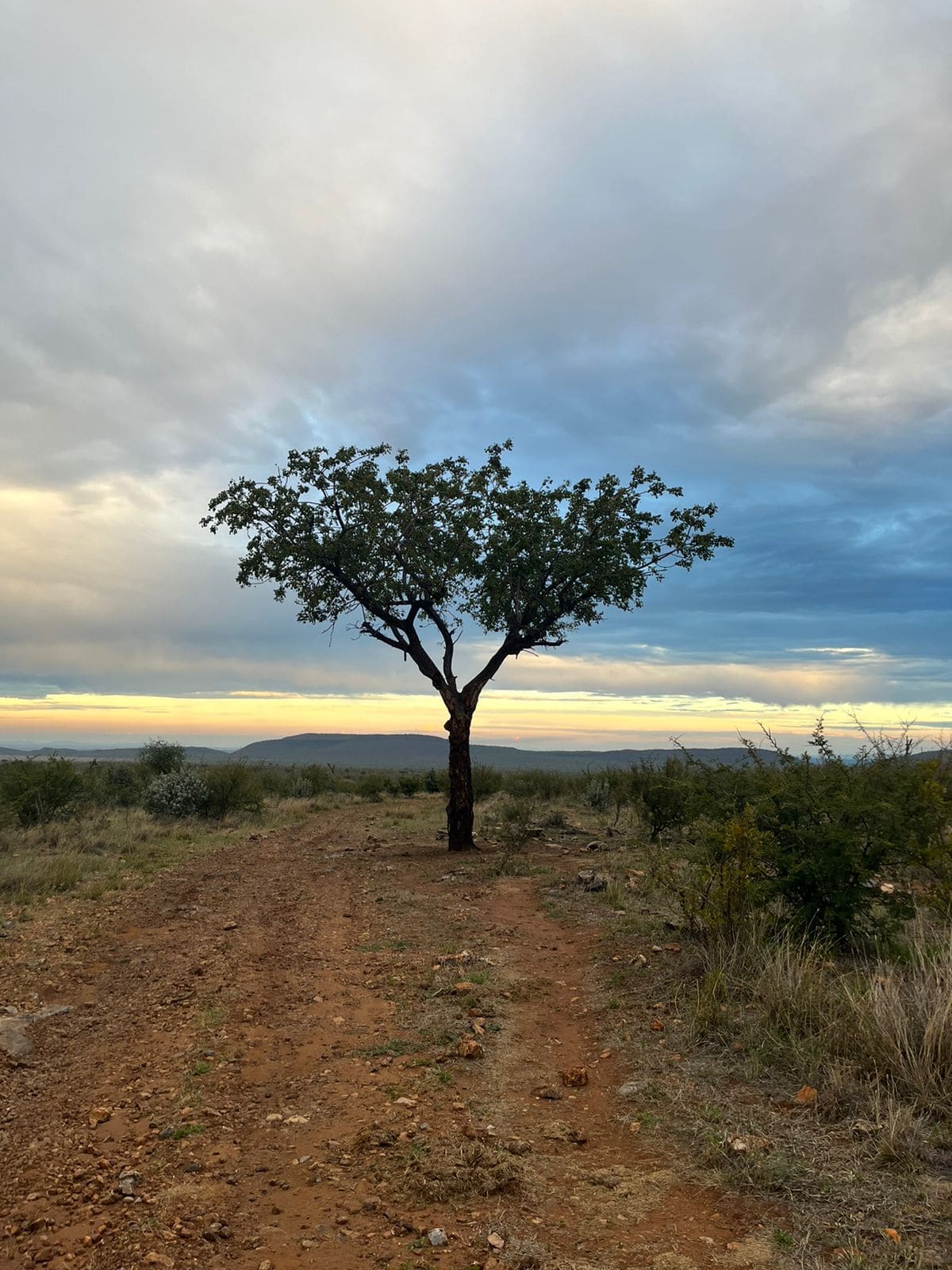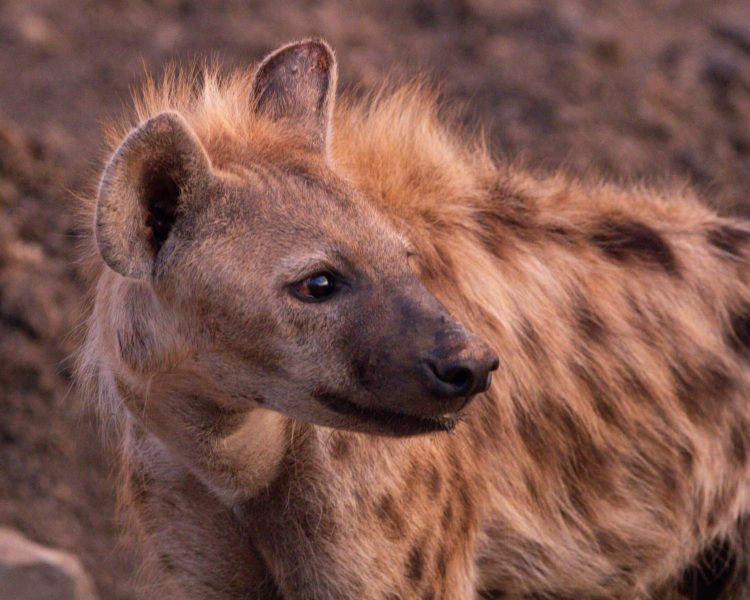Madikwe Game Reserve isn’t just a haven for incredible wildlife sightings. Beyond the elusive predators and roaming herbivores lies a fascinating world of plant life with some species offering an array of practical uses for humans. At Rockfig Lodge Madikwe, we’re passionate about sharing the secrets of the bushveld, where even the finer details of nature can be unexpectedly useful!
The Common Guarri (Euclea Undulata):
Living up to its name “of good report” or “famous”, this versatile tree boasts beautiful, wavy leaves (undulata), and provides a wealth of uses. While not the tastiest for browsing animals, it offers sustenance in the winter months and bears fruits that can be eaten by birds and humans alike.
Practical uses:
- Excellent for firewood
- The pencil-sized pieces of branches can be softened by chewing and then used as a toothbrush
- Branches can also be straightened and stripped by the heat of a fire to create a walking stick while the roots can be shaped to make the head of the walking stick
- Roots, bark and leaves are often used for medicinal purposes
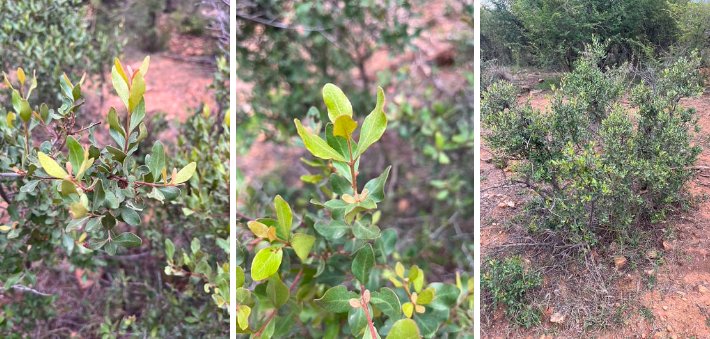
The African Wattle (Peltophorum africanum)
Its name, “shield-bearing”, refers to the hard exterior of this tree, while “africanum” refers to its African origin. The African Wattle boasts vibrant flowers, pollinated by insects. The tree was once known as the “weeping wattle” due to spittlebugs creating a foamy discharge on its bark, giving the appearance the tree is crying.
Practical uses:
- Leaflets of the tree can be stacked and used as toilet paper
- The wood is hard but can be used to make a fire
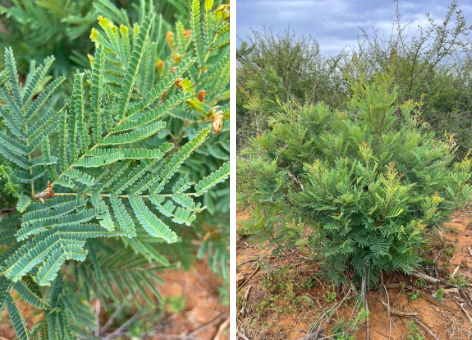
Marula Tree (Sclerocarya birrea)
This iconic tree, named for its hard-shelled seed inside the marula fruit, is a favourite for both animals and humans. The flowers are pollinated by insects and the fruits are tasty and sweet. Traditionally, the bark powder was even used for a rather unique purpose – attempting to predict the gender of an unborn child!
Practical uses:
- Delicious fruit to eat
- The marula fruit is used to make a popular South African cream liqueur called Amarula
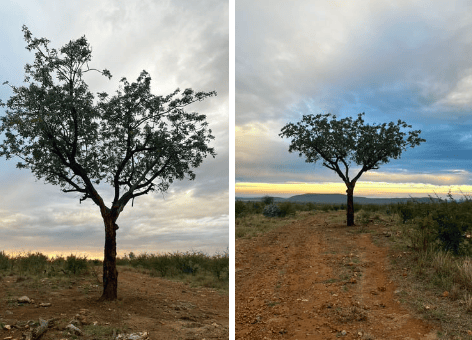
The Black Thorn (Senegalia mellifera)
Aptly named for its black thorns, its scientific name (Senagalia) shows its African heritage. The young twigs, leaves, seed pods and flowers are often browsed by kudu, giraffe and eland. Interestingly, the Black Thorn also plays a crucial role in maintaining ecological balance, forming protective thickets in overgrazed areas and preventing further damage by limiting animal access.
Practical uses:
- Can be chewed to create a toothbrush
- Dark heartwood is used for its beauty in decorative crafts
- Wood is good for fire
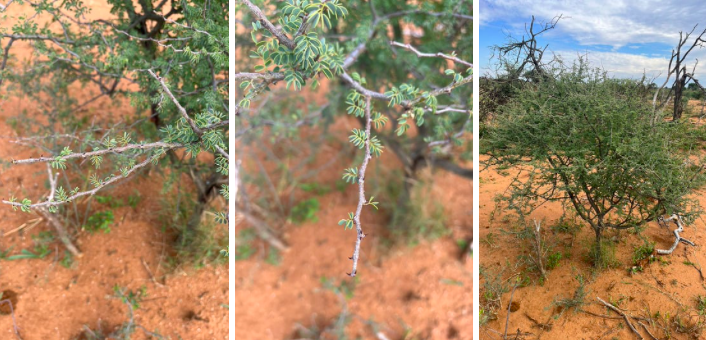
The Buffalo Thorn (Ziziphus mucronata)
The Ancient Greeks called the tree Zizyphon from the Arabic “zizouf”, a name for the mythical lotus. This was then taken into Latin as Zizphym for the fruit. This tree, named for its pointed features (mucronate), holds a deep cultural significance for the Zulu people. Traditionally, it was planted above a chief’s burial site and used in a ritual where a twig from the tree was believed to carry spirits from their death site to their final resting place. In Botswana as well as parts of South Africa, it is believed the tree is immune to lightning, therefore, standing beneath the tree during a storm will protect you. In East Africa, the roofs of the Buffalo Thorn are used to cure snake bites. The leaves and fruits of this tree are sought after by many bird species while the flowers produce abundant nectar for birds and other pollinators.
Practical uses:
- A decoction (heating or boiling) of the roots is often used as a painkiller
- Steam baths from the bark are believed to improve complexion
- Berries (when ripe) and leaves can be eaten
- Leaves and bark contain alkaloids giving it many medicinal uses
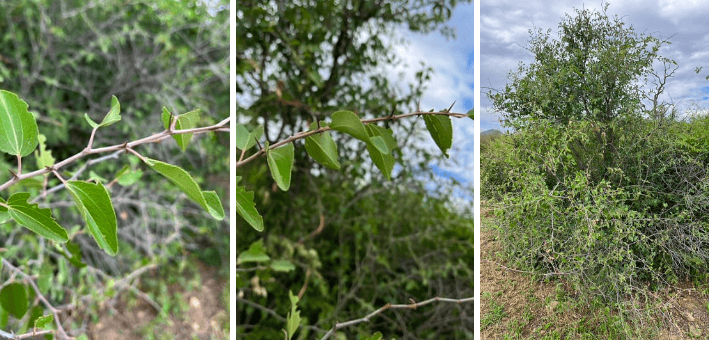
At Rockfig Lodge, we encourage our guests to explore the wonders of Madikwe Game Reserve’s plant life beyond the game viewing. So on your next safari, don’t just focus on the big game! Look around and appreciate the intricate ecological balance between plants and animals and discover the magic of Madikwe’s botanical wonders. You might just be surprised by the stories these plants have to tell.
Check out our guide explaining more about the Buffalo Thorn!
Information supplied by Hanru Nortje
